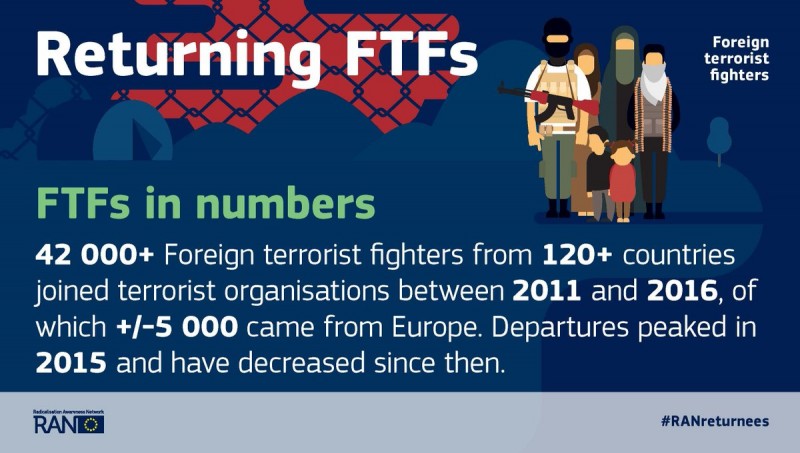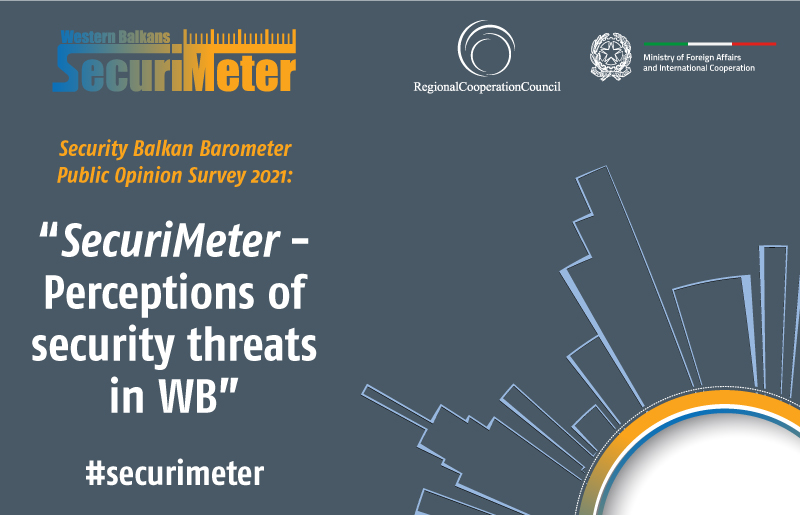- Home/
- News
Threat of foreign terrorists more global than ever
While the Islamic State has lost control of 98 percent of its territory, the threat posed by foreign terrorist fighters has already spread more globally than ever before. And though the U.S. is not the main target, it’s not excluded, either.
According to a new report by the Counter-Terrorism Committee Executive Directorate (CTED) with the United Nations Security Council, this new wave of foreign terrorists is different and has developed from previous ones, raising the biggest and most complex challenges ever.
“Studies indicate that it is larger, more global and more diverse in terms of age, gender and experience in the conflict zones. These differences make the potential challenges ... significantly bigger, but also more complex," said the study, to which Fox News had firsthand access.
The threat posed by foreign terrorists is a long-haul one. Indeed, many countries have struggled to secure criminal convictions for their citizens, who may end up in prison but only for a short period of time. In the European Union, the average prison sentence for terrorist offenses was five years in 2016.
With this in mind, the research suggests. “there is a risk that imprisonment may only delay the threat posed by these individuals, not reduce it.”
Further, the current wave of jihadist activity is “truly global,” with the Islamic State (ISIS), Al Qaeda and associated groups attracting people from 120 countries worldwide. While the majority of foreign fighters come from former Soviet republics, the Middle East and Western Europe, North America also makes the top of the list by the intelligence firm The Soufan Group.
While relatively few foreign terrorists who return to their home countries have subsequently posed a direct threat, CTED experts caution that when they have done so, they have in some instances carried out some of “the most lethal terrorist attacks” of the past three decades. Plus, they have helped “create and strengthen terrorist groups and radicalizing and recruiting terrorist networks.”
These returnees, and relocators from current conflict zones like Syria and Iraq, “have demonstrated their increased lethality, both as attackers and as attack planners,” says the research, which also points out nations' difficulty in assessing which of these individuals pose a threat. That's mainly because it's hard to identify and locate many of these fighters -- and there are thousands of them.
Another new wrinkle is that the current group of foreign terrorists is relatively young, and it includes women and children, many who have been trained and indoctrinated by ISIS.
To mitigate the problem, CTED has called on member states to “improve judicial procedures and the collection and sharing of information and evidence, while developing tailored prosecution, rehabilitation and reintegration strategies,” but there is no doubt this new group of terrorist pose potential problems “for years to come.”
Source: Link



 Development of specialized PCVE web site is funded by EU FUNDS CN 2017-386/831 - "IPA II 2016 Regional Action on P/CVE in the Western Balkans"
Development of specialized PCVE web site is funded by EU FUNDS CN 2017-386/831 - "IPA II 2016 Regional Action on P/CVE in the Western Balkans"